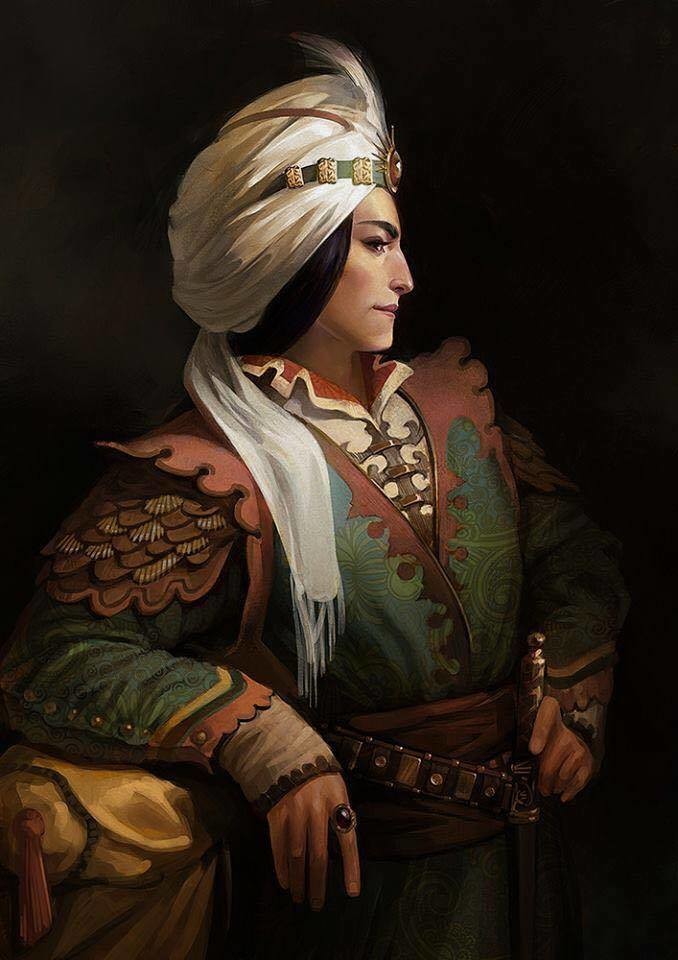|
In the pre-Islamic Iran, not only were there female rulers and warriors, but women became guardians of disinherited sons, and went to court on behalf of and against their husbands. So, though Islam brought revolutionary legal rights for women in Arabia, it did not elevate the position of Iranian women, and in fact eliminated some of the existing rights and customs to the detriment of Iranian women. After the Islamic conquest of 651 AD, women in Iran never again participated in politics officially nor ruled directly. However, the situation got worse after the Safavid dynasty (1501-1736 AD) moved away from Sufism and established Twelver Shiism as the state-sponsored religion of the country. Reports by Italians travelers indicate that at the beginning of the Safavid reign, women were neither veiled nor secluded. In the Italian account of the Battle of Chaldiran in 1514 AD between Ottoman Sultan Selim and the first Safavid Shah Ismail, it has been reported that “The Iranian ladies themselves follow in arms the same fortunes as their husbands, and fight like men....” Another account by the Venetian Michele Membre who went on a mission to the court of the Safavid says, “The Shah’s maidens pass on fine horses; and they ride like men and dress like men, except that on their heads they do not wear caps but white kerchiefs...and they are beautiful.” As an example, Tajlu Khanum, one of Shah Ismail’s wives, is reputed to have been an able fencer and wrestler who participated in the battle of Chaldiran. However, 100 years later, as the Safavids became more orthodox, and made Twelver Shia the state-sponsored religion, women began to lose their remaining rights. During the reign of Shah Sulayman (1667-94 AD), Sir John Chardin reports Iranian women to be totally secluded and veiled. The head-to-toe covering by then had become a custom and continued throughout the Qajar era to this day. The veiling and secluding occurred because of Shia clergy’s orthodox interpretation of the Islamic position on women, which superimposed itself completely upon all past customs and traditions. Subsequently, the role of women became that of a housekeeper, bringing up children and providing the husband with sexual and culinary pleasure. ---------------------------------------------------------
Sources:
Comments are closed.
|
Details
AuthorSaghi (Sasha) Archives
May 2019
Categories |

 RSS Feed
RSS Feed